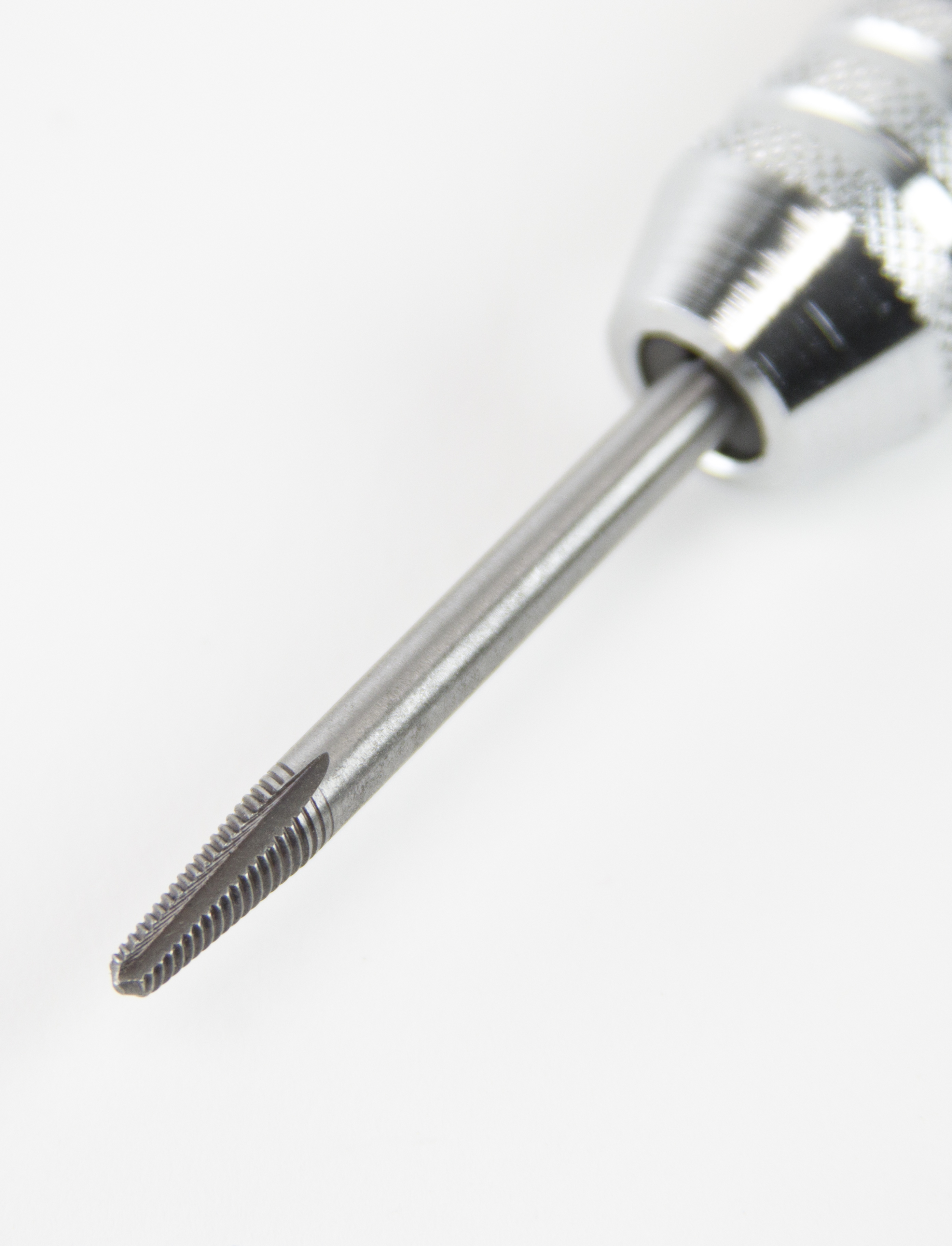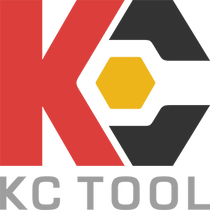Why You Need Screw Extractors And How Rennsteig Stands Apart
Posted by Collin on Apr 20th 2023

It’s a horrible feeling. You have been working in the shop for hours, laboring over your work and all-of-a-sudden everything comes to a halt. Why? A fastener broke and you can’t get it out. You can try and dig it out somehow, but most of the time the best option is to use some form of extractor, or as many call it, an “easy out.”
 I’m going to be honest and tell you that when I set out to write this post, I was hoping to give a ton of historical perspective about who invented the idea and when. I searched patents and documents to the best of my meager ability and couldn’t find a thing! Even the Wikipedia page doesn’t clue us in too much. The earliest info I can find is a 1914 patent for an “EZY-out” screw extractor made by the Cleveland Twist Drill Company. This is the only place I have seen the name spelled with a Y (EZY) and most modern spellings either leave the letter Y out or spell out the full word (easy). So, I am suspect to the true origins of the original design. The Cleveland Twist Drill Company merged with Acme in the sixties and are now produced through Greenfield Industries. I went so far as to contact Greenfield to see if they had any information, but to no avail.
I’m going to be honest and tell you that when I set out to write this post, I was hoping to give a ton of historical perspective about who invented the idea and when. I searched patents and documents to the best of my meager ability and couldn’t find a thing! Even the Wikipedia page doesn’t clue us in too much. The earliest info I can find is a 1914 patent for an “EZY-out” screw extractor made by the Cleveland Twist Drill Company. This is the only place I have seen the name spelled with a Y (EZY) and most modern spellings either leave the letter Y out or spell out the full word (easy). So, I am suspect to the true origins of the original design. The Cleveland Twist Drill Company merged with Acme in the sixties and are now produced through Greenfield Industries. I went so far as to contact Greenfield to see if they had any information, but to no avail.
What I can inform you about is the use and design of such a tool and how one of our German favorites has a unique variation on the original. All extractors use basically the same principle. A hole is drilled down through the broken fastener, the extractor is hammered into the hole and twisted in the proper direction to bite the fastener and remove it. This is typically done with a tap wrench since the shank of the extractor is square shaped. The most common extractor is of the “Spiral Fluted” design and looks like a cross between a drill bit and a screw thread, and in many ways, that is exactly what it is. The threading is backwards to the screws thread so as to dig into the fastener and extract it back the way in which it came.
Rennsteig Tools was founded in 1959 and became a member of the Knipex group in 1991. Among their over 50 national and international patents is their creative design for screw extractors. Though they have their own version of a spiral extractor, it is their “Dual-Edged” version that sets them apart. Made of high-strength chrome vanadium steel, the tools are tapered like any other extractor, but are fluted and double-edged, meaning they can be used in both right and left-handed (clockwise and counter-clockwise) fasteners. The dual edge cutting heads give you eight points of contact (four each direction), ensuring a solid bite into the damaged fastener. Not only that, it has a hardened center punch for starting your drilling hole and a hexagonal shank so that it can be used with a typical wrench or socket, eliminating the need for a tap wrench.


 Tool of the Day™
Tool of the Day™
 Essentials
Essentials
 The Seasonal
The Seasonal
 New Arrivals
New Arrivals
 Staff Picks
Staff Picks
 Sale
Sale
 Clearance
Clearance
 Wera
Wera
 Knipex
Knipex
 Hazet
Hazet
 Stabila
Stabila
 Felo
Felo
 NWS
NWS
 Heyco
Heyco
 Bits & Accessories
Bits & Accessories
 Cutters & Pincers
Cutters & Pincers
 Pliers
Pliers
 Ratchets & Sockets
Ratchets & Sockets
 Screwdrivers
Screwdrivers
 Wrenches
Wrenches